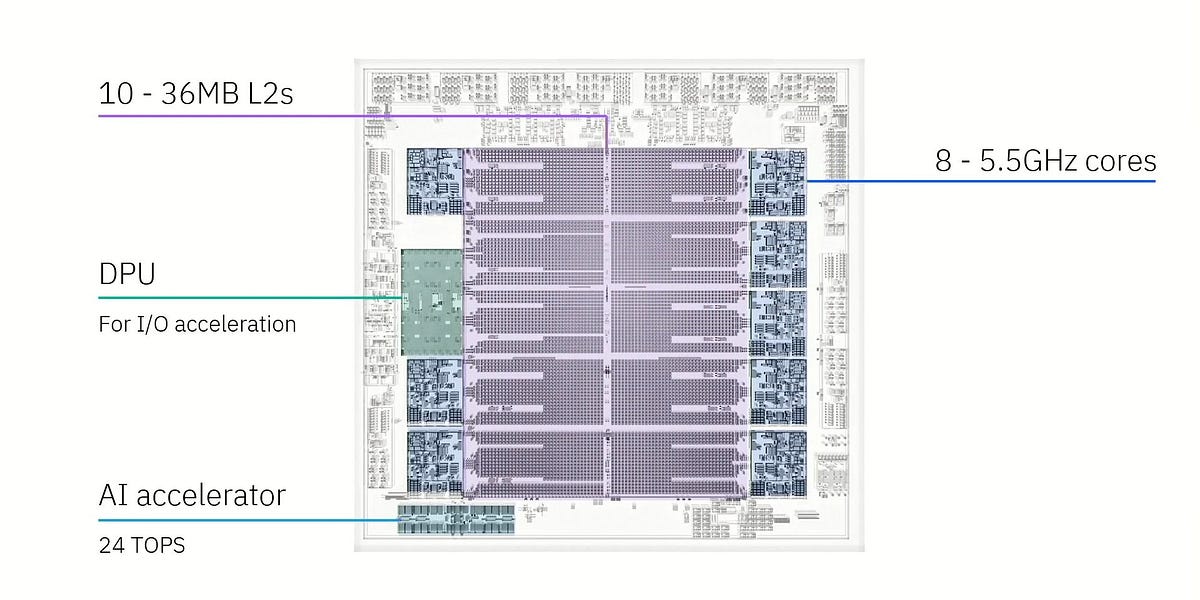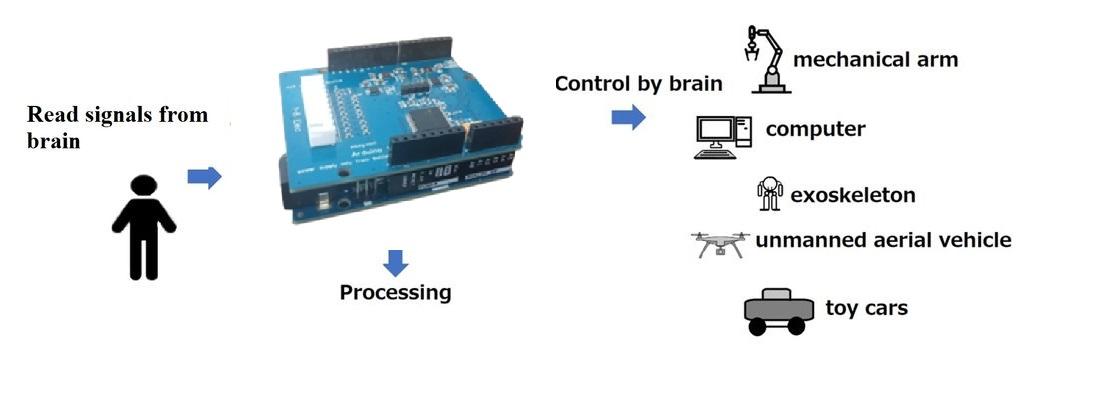Improved Father Ted Tape Dispenser: Smaller, Better, Easier to Build
The author has improved their Father Ted tape dispenser from a year ago. The new version is smaller, sounds better, and looks more professional. It uses a 3D-printed case, an IR sensor, and an ESP8266 microcontroller, costing less than €10 and is much easier to build. The author has shared the 3D printable models and instructions, encouraging others to build their own. They also suggest donating to a charity supporting trans people, in response to negative comments from the creator of Father Ted.


![RetroTINK-5X and the Apple ][: A Surprisingly Good Match](https://nicole.express/assets/img/25x/pretty.png)








